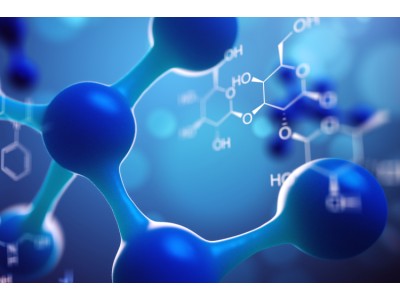| Bioactivity | Shikonin is a major component of a Chinese herbal medicine named zicao. Shikonin is a potent TMEM16A chloride channel inhibitor with an IC50 of 6.5 μM[1]. Shikonin is a specific pyruvate kinase M2 (PKM2) inhibitor[2] and can also inhibit TNF-α and NF-κB pathway[3]. Shikonin decreases exosome secretion through the inhibition of glycolysis[4]. Shikonin inhibits AIM2 inflammasome activation[7]. | ||||||||||||
| Invitro | Shikonin is an inhibitor of TMEM16A chloride channel with an IC50 of 6.5 μM[1]. Shikonin is also a specific inhibitor of PKM2[2] and can also inhibit tumor necrosis factor-α (TNF-α) and prevent activation of nuclear factor-κB (NF-κB) pathway. Shikonin at concentrations higher than 50 μM significantly inhibits ormal human keratinocytes (NHKs) viability, compare with that of control (P<0.05). Pretreatment with Shikonin for 2 h attenuates TNF-α-induced NF-κB p65 nuclear translocation[3]. Treatments of Shikonin at 5 and 7.5 μM significantly inhibit the cell viability starting from 12 h and the inhibitory effects are presented in time-dependent patterns compare with the 0 h group in both cell lines. It is found that 5 μM Shikonin displays greater inhibition compare to 2.5 μM at the time points from 24 to 48 h. The invasiveness of U87 and U251 cells is significantly attenuated when treated with Shikonin at 2.5, 5, and 7.5 μM compare with the control group at 24 and 48 h (p<0.01)[4]. | ||||||||||||
| Name | Shikonin | ||||||||||||
| CAS | 517-89-5 | ||||||||||||
| Formula | C16H16O5 | ||||||||||||
| Molar Mass | 288.30 | ||||||||||||
| Transport | Room temperature in continental US; may vary elsewhere. | ||||||||||||
| Storage |
|
